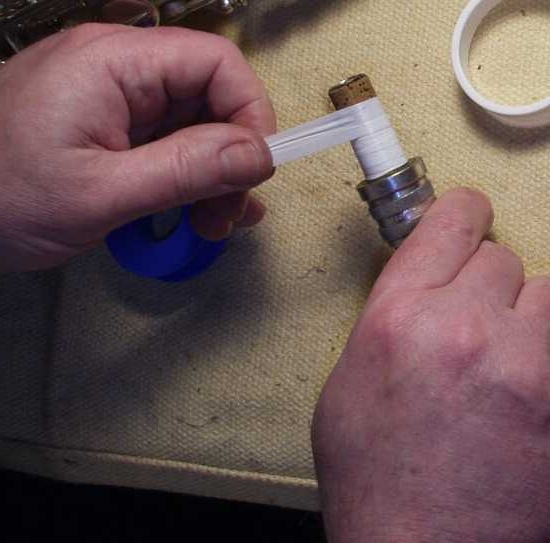Independent connection of the washing machine to the water supply - all options

There is a washing machine in every home, and no one needs to explain what it is. Therefore, the question of connecting it to the water supply at first glance is so simple that the thought immediately arises - and what is there, in fact, to talk about, any man can handle it without problems. Indeed, there are no big difficulties in this, but the thing is that there are some nuances that determine the very method of connection and the selection of the devices used.
It used to be that in our homes all water pipes were only metal, but now plastic and metal-plastic are often found. In addition, the installation of such diverse plumbing fixtures as faucets, toilet bowls of various designs (with appropriate tanks) increases the number of possible options for connecting washing machines.
It should be noted right away that there is only one connection principle - through a tee. It is to him that a shut-off valve (faucet) is attached, through which water will flow through the hose into the machine. But how to properly insert this same tee into the water supply main depends largely on what material the water pipe is made of. Consider all the options for installing such an "adapter" and how to connect the machine.
For metal pipe
Option number 1
 The washing machine is placed not only where it is more convenient. The choice of location is also influenced by the availability of free space in a particular room. If any plumbing fixtures are already installed in it, which are connected to the water supply using a flexible hose, then we can assume that we are lucky. For example, toilet cistern, faucet, dishwasher. The main thing is that there is already a tie-in into the pipe and a tee is installed.
The washing machine is placed not only where it is more convenient. The choice of location is also influenced by the availability of free space in a particular room. If any plumbing fixtures are already installed in it, which are connected to the water supply using a flexible hose, then we can assume that we are lucky. For example, toilet cistern, faucet, dishwasher. The main thing is that there is already a tie-in into the pipe and a tee is installed.
Then everything is simple. The hose of the previously connected device is disconnected, and another tee is placed in this place. Its 2 "outlets" are used to connect disconnected plumbing and a washing machine tap. On some adapters, the tap is already installed (as in the figure).
Sometimes such a device can be installed on the eccentric - mixer section, although this depends on the model of the plumbing fixture. Some products "allow" this. Sometimes you just need to add an extension tube.
For those who have not previously encountered this kind of work (for example, due to their age), here are a few tips:

Option number 2
A device called a "vampire" is used. It is installed on the pipe and fixed with special clamps. To prevent leaks, a sealant is placed under the "vampire". Everything you need is included in the kit. The peculiarity of this device is that it has a branch (like a tee) ending in a thread. After installing the fixture in any convenient place on the line, a drill is inserted into the outlet and a hole of the appropriate diameter is drilled in the pipe.

Option number 3
We will consider the following options based on what you have to do inset. Other methods are already indicated above (No. 1 and No. 2), and they are suitable for pipes made of any material.
On a pipe made of metal-plastic (plastic)
This material is well cut with scissors (special). The main thing is to choose the right tee. It must have fitting outlets specially designed for “docking” with metal-plastic (plastic). The only difficulty is how to make them high-quality crimp. You will need a special tool. If it is not there, as well as the relevant experience, then it is better to invite a specialist.
- Water hammer in our water mains is, unfortunately, not an exception, but an everyday reality. To avoid premature breakdown of household appliances that use water, it is advisable to install a pressure reducer at the "inlet" to the apartment (private house).
- Even lazy and deaf-mutes are already talking about the quality of the supplied water. Therefore, it is advisable to put an additional, “personal” cleaning filter between the pipe and the washing machine.
- How to make a drain in the bath with your own hands
- Water ball valves: types, classification, device and principle of operation
- Sewerage in a private two-story house - scheme
- Piping in the bathroom: scheme and principle of installation
- How to hide pipes in the bathroom with your own hands
- Repair and replacement of drain fittings of the toilet bowl
- Plastic pipes for sewerage in a private house: reliability and quality

 Live Journal
Live Journal Facebook
Facebook Twitter
Twitter